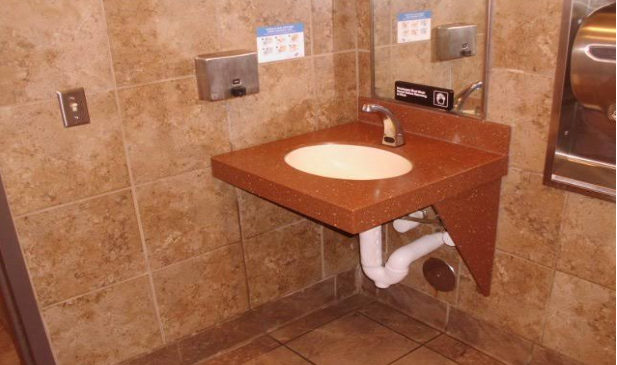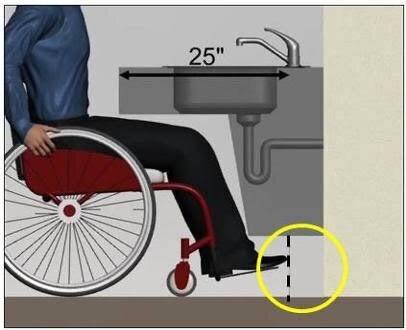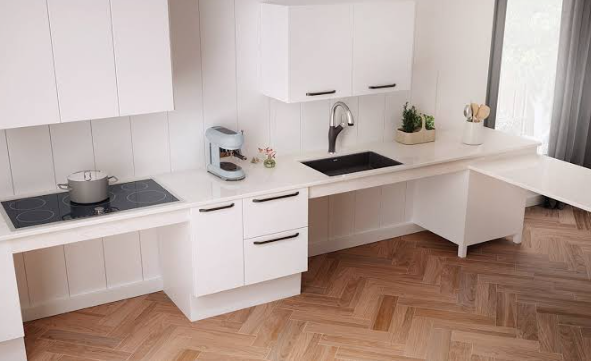
The Americans with Disability Act (ADA) is a federal law that is against discrimination against individuals with disabilities. This law is designed to ensure equal opportunities for people with disabilities in various aspects of public life such as employment, transportation, and public accommodations.
For businesses, ADA compliance is essential to ensure that people with disabilities have the same experiences and opportunities as everyone else. Businesses must ensure they comply with the ADA’s accessibility requirements so that everyone can have equal access to their facilities and services.

The Department of Justice (DOJ) enforces ADA requirements for businesses. The DOJ has the authority to review complaints, conduct compliance, and take legal actions against businesses that do not comply with ADA standards. They also help businesses by providing guidance and technical assistance to properly implement ADA requirements.
Businesses that fail to comply with ADA regulations can face serious consequences in the form of legal action, fines, and damage to their reputation. Business owners should get familiar with both federal and local regulations to ensure compliance and provide accessibility for individuals with disabilities.
According to the Americans with Disabilities Act Accessibility Guidelines (ADAAG), knee clearance is essential to allow people with mobility impairments to move freely about in wheelchairs. Knee clearance can also be referred to as “the clear floor space between the underside of an element and the floor that is needed to accommodate a person’s legs and feet while sitting.
Knee clearance must be at least 27 inches high, 30 inches wide, and 19 inches deep and must be free of any obstructions with a minimum clear floor space of 9 inches between the knee clearance and the nearest obstruction to ensure free movement, especially for wheelchair users.
When building your business facility, ensuring accessibility in your design is paramount in complying with the Americans with Disabilities Act (ADA). One of the requirements for achieving ADA compliance in your business is providing sufficient knee clearance for people with disabilities and individuals using wheelchairs. Knee clearance is the space beneath a surface and the floor and must be large and wide enough to accommodate a wheelchair user’s leg. To comply strictly with ADA regulations in your business, knee clearance must be at least 27” wide and 19” deep with a minimum of 8” of clearance from the floor.
You should also take into consideration the reach range of wheelchair users when designing for knee clearance compliance in your business by ensuring the surface levels in your facilities are not higher than 34” from the floor. By following these guidelines, business owners can ensure that their designs are accessible to everyone.

Knee clearance is important in ensuring accessibility, it ensures that people with disability and individuals in wheelchairs can move freely and safely in your facility. When designing knee clearance, including ada sink clearance, the user’s needs should be prioritized, taking into consideration their size and abilities. Including these details in your business facilities can ensure that they comply with all ADA requirements and provide equal opportunities for everyone.

When considering the safety and accessibility of all users in a restroom, sink clearance plays a crucial role. The amount of space around a sink

Building an ADA-compliant kitchen doesn’t have to involve a full renovation. With a few adjustments, you can ensure ADA clearance in your kitchen and make